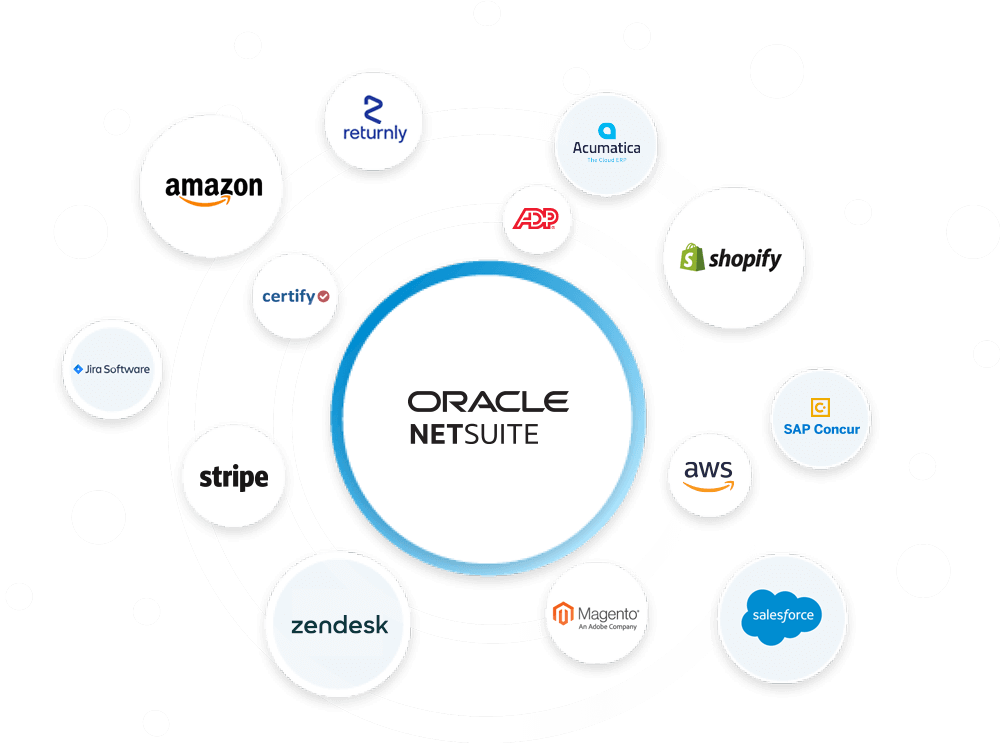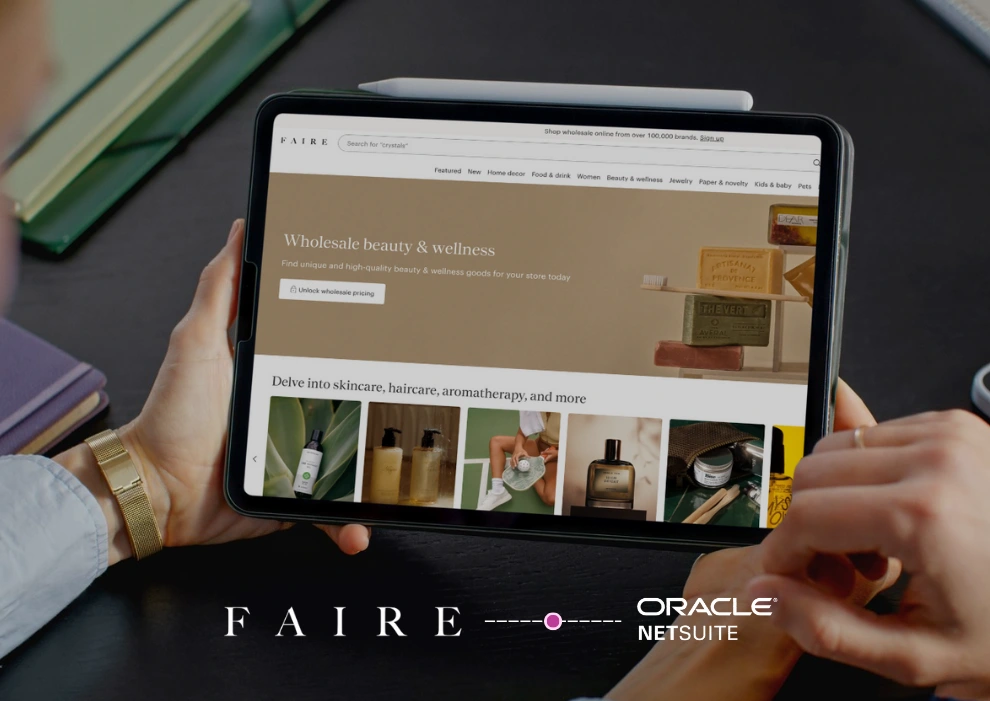When a small sporting goods company decided to phase out their use of NetSuite, the goal was to simplify their tech stack—not disrupt the systems that kept orders flowing. But with NetSuite gone, they were left without a way to link their Shopify storefront to their warehouse management system, Extensiv. That bridge had been crucial to managing orders, returns, and inventory.
Without it, their operations quickly became manual and messy.
Instead of real-time updates, they were stuck in spreadsheets. Shipping confirmations lagged. Returns created confusion. Inventory was out of sync. The change exposed a new vulnerability in their setup—one that needed to be resolved without adding unnecessary complexity back in.
A Note on 3PL Complexity
Working with a 3PL means your fulfillment data lives outside your eCommerce platform, which can make it harder to maintain accurate inventory, real-time tracking, and clean returns data. Many growing brands hit a wall trying to manage these touchpoints manually—or with half-baked connectors that weren’t built for 3PLs in the first place. That’s why a purpose-built Shopify–Extensiv integration made all the difference here.
Finding the Right Fit
They didn’t want another monolithic platform. Their systems—Shopify and Extensiv—worked just fine on their own. The missing piece was a reliable way to move data between them. They tried evaluating ready-made connectors but found most of them too limited or too inflexible to accommodate the nuances of how they worked.
That’s when we stepped in to help design a solution that felt more like an upgrade than a workaround.
What We Built: Shopify to Extensiv integration
We chose Celigo as the platform to power the connection between Shopify and Extensiv. It offered the customization and control needed to map their specific workflows—without requiring them to build everything from scratch.
The integration we implemented supports the entire post-purchase lifecycle:
- Orders placed on Shopify are pushed directly to Extensiv for fulfillment.
- Once orders ship, Extensiv sends tracking updates back to Shopify, triggering customer notifications.
- Shopify RMAs are translated into Extensiv receivers, so the warehouse knows when to expect returns.
- New stock received into Extensiv syncs into Shopify, keeping inventory numbers aligned.
- Any inventory adjustments in the warehouse are reflected in Shopify as well.
It’s a straightforward but powerful setup—just the right amount of automation for a team of ten that needs to move fast but stay lean.
The Impact of the Extensiv-Shopify Integration
Since launching the integration, the team has been able to step back from manual processes and focus on the bigger picture.
Order data flows cleanly between platforms. Inventory is consistent across systems. Customers get reliable shipping updates. And when something does need adjusting, the transparency of the Celigo platform makes troubleshooting simple.
What’s more, the team is now in a position to scale without getting buried in operations. The foundation is solid, and they can build on it—adding new automations or channels as they grow.
We’ve also worked on Shopify integrations where NetSuite remains part of the tech stack—mapping flows from Shopify to NetSuite to 3PL. But in this case, removing NetSuite meant rethinking the architecture entirely. Directly connecting Shopify to Extensiv simplified things, reduced sync time, and gave the team better visibility across their fulfillment cycle.
Need a Smarter Way to Connect Shopify and Extensiv?
If your business relies on Shopify and Extensiv but lacks a clean way to connect the two, you’re not alone. The right integration doesn’t have to be complicated—it just has to work. And when it does, it frees up your team to focus on growth instead of playing traffic cop between platforms.
We’ve done this before, and we’d be happy to talk through what might work for you too.
Reach out here if you want to chat.



